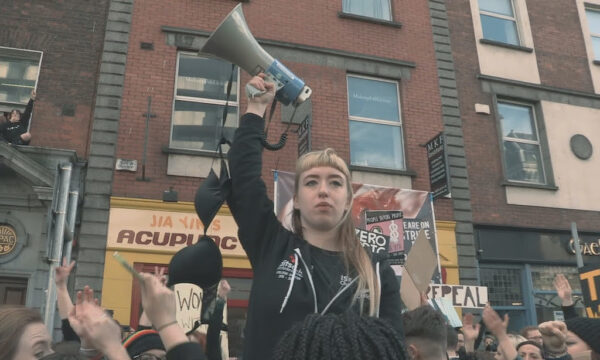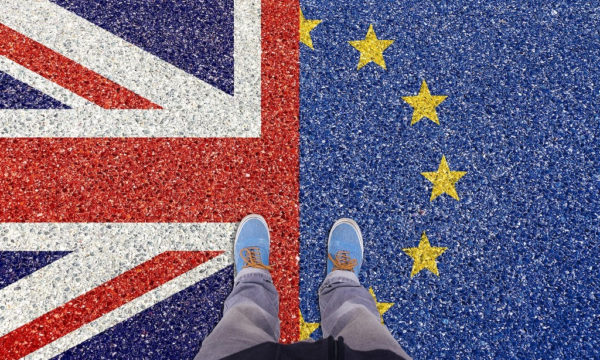Pound rate highest in seven years against the Euro

The pound sterling reached its highest rate in seven years against the euro following the European Central Bank’s (ECB) commitment to buying up government and corporate bonds across the Eurozone.
Over the next six months, the ECB will circulate £270 billion into the European financial system through quantitative easing.
Quantitative easing will see the increased printing and supply of euros to European economies, thus reducing its value to an anticipated 13-year low.
Meanwhile, the pound decreased in value against the US dollar after data showed Britain had a larger budget deficit at the end of last year than had been predicted by industry analysts.
Presently, the UK deficit stands at £13.1 billion, a £3 billion increase from last year’s which stood at £10.3 billion.
It is speculated that the strengthening of the US economy has also been a factor in the pound’s weakening value.
ECB president, Mario Draghi, unveiled the European plan on Thursday in Frankfurt; Draghi revealed that the money-printing programme would not begin until March.
However, the euro has already fallen dramatically against the pound in anticipation and financial experts expect its continued decrease.
Currently, £1 will buy €1.34, by July that figure is expected to reach €1.55 – the lowest exchange rate since 2002.
While the news is good for tourists, it is bad for companies that export to European countries. Export goods become more expensive for Eurozone businesses to import, which may cause a decrease in trade.
The ECB’s influx of money into the Eurozone is set to continue until September 2016 in final bid to generate economic growth and ward off the threat of deflation.
Greece, in particular, has struggled greatly since the economic crisis of 2008, with a quarter of its workforce still unemployed.
Clarissa Waldron

























Facebook
Twitter
Instagram
YouTube
RSS